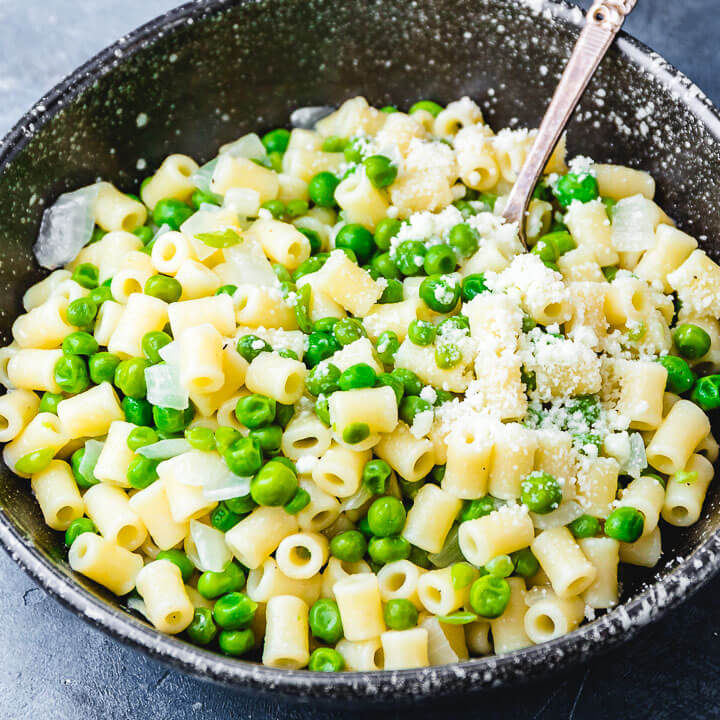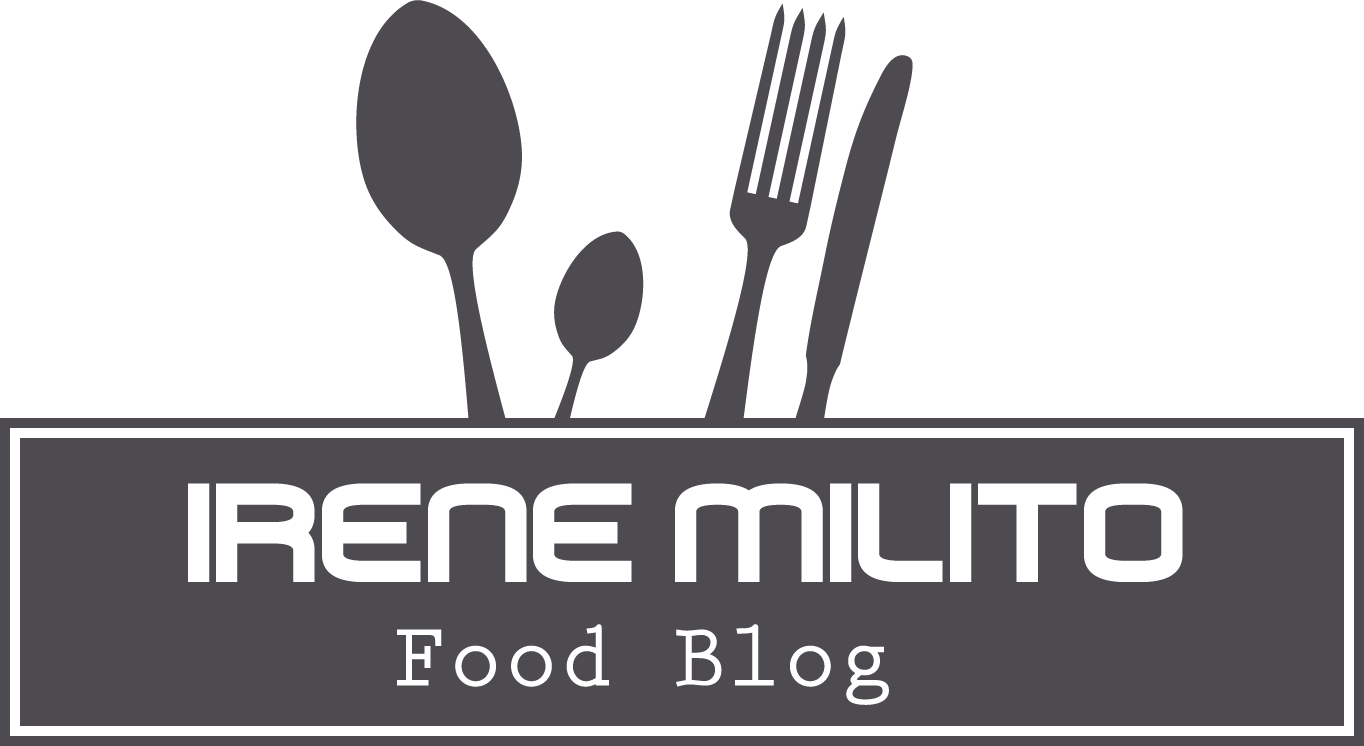Minestra di pasta e piselli

Soups are always a good way to introduce children to vegetables, and this one is no exception. When my kids were little, I used to put them to work shelling the peas that I bought in spring at our local farmers’ market. This accomplished three goals: it spared me from shelling the peas myself, so I could get on with prepping the rest of dinner; it entertained my kids (my son always turned shelling into a race, while my daughter blithely ignored him); and it got the kids interested in peas, making them much more likely to eat the fruits of their labor. Although my kids are now in middle school, this remains one of our favorite weeknight dinners.
Portions: Makes 4 servings
Ingredients:
- 1 tbsp unsalted butter
- 1 tbsp extra virgin olive oil
- 1 cup/115 g finely chopped white onion
- 2 oz/55 g pancetta, cut into small dice
- 1/2 tsp minced fresh marjoram or thyme
- Freshly ground black pepper
- 6 to 7 cups/1.4 to 1.7 l homemade chicken broth, homemade vegetable broth, or best quality low sodium, fat free commercial chicken broth
- 1 small piece rind from wedge of Parmigiano Reggiano cheese (optional), plus 1 cup/110 g freshly grated Parmigiano Regiano cheese
- 1 1/2 to 1 3/4 cups/170 to 215 g tubetti, ditalini, conchigliette (small shells), or other small pasta shape
- 1 1/2 cups/215 g fresh or frozen peas
- Kosher or fine sea salt (optional)
Preparation:
Warm the butter and olive oil in a Dutch oven or other heavy-bottomed pot placed over medium heat. When the butter is melted, add the onion and pancetta, stirring to coat them thoroughly. Sauté for 5 minutes, reducing the heat to medium- low if necessary to prevent the onion from burning. Sprinkle in the marjoram and a generous grind of pepper and continue to sauté for another 5 minutes, or until the onion is translucent and the pancetta has just begun to crisp but is still mostly tender. Pour in 6 cups/1.4 L of the broth and raise the heat to medium-high. Toss in the Parmigiano rind (if using). Bring the broth to a boil. Stir in the pasta and peas, using 1½ cups/170 g pasta for a soupier soup and 1¾ cups/215 g pasta for a thicker soup. Cook the pasta until al dente (the cooking time will depend on the brand and shape). Add an additional splash of broth if the soup seems too thick. Remove the soup from the heat and stir in ½ cup/55 g of the Parmigiano. Taste and add salt and additional pepper, if you like. Ladle the soup into warmed shallow, rimmed bowls and sprinkle with the remaining cheese. Serve immediately.
Note:
Freshly harvested peas are a sweet and delicate treat. But that sweetness does not last; the longer peas sit after being picked, the starchier they become. If you are buying peas from a farmers market or grocery store, check to see when they were harvested. Peas are at their best when used within a few hours of being picked. Look for pods that are full but not bulging; overly mature peas are tough and starchy and not nearly as sweet as smaller ones. If you buy peas in the morning and don’t plan on cooking them until evening, leave them in their pods and store them in the refrigerator; this will help retain their sugar and flavor. You will end up with about 1 cup/140 g shelled peas from 1 lb/455 g peas in the pod. If you are unable to find freshly harvested peas, substitute good-quality frozen peas. In this recipe, add the peas without thawing them first.

